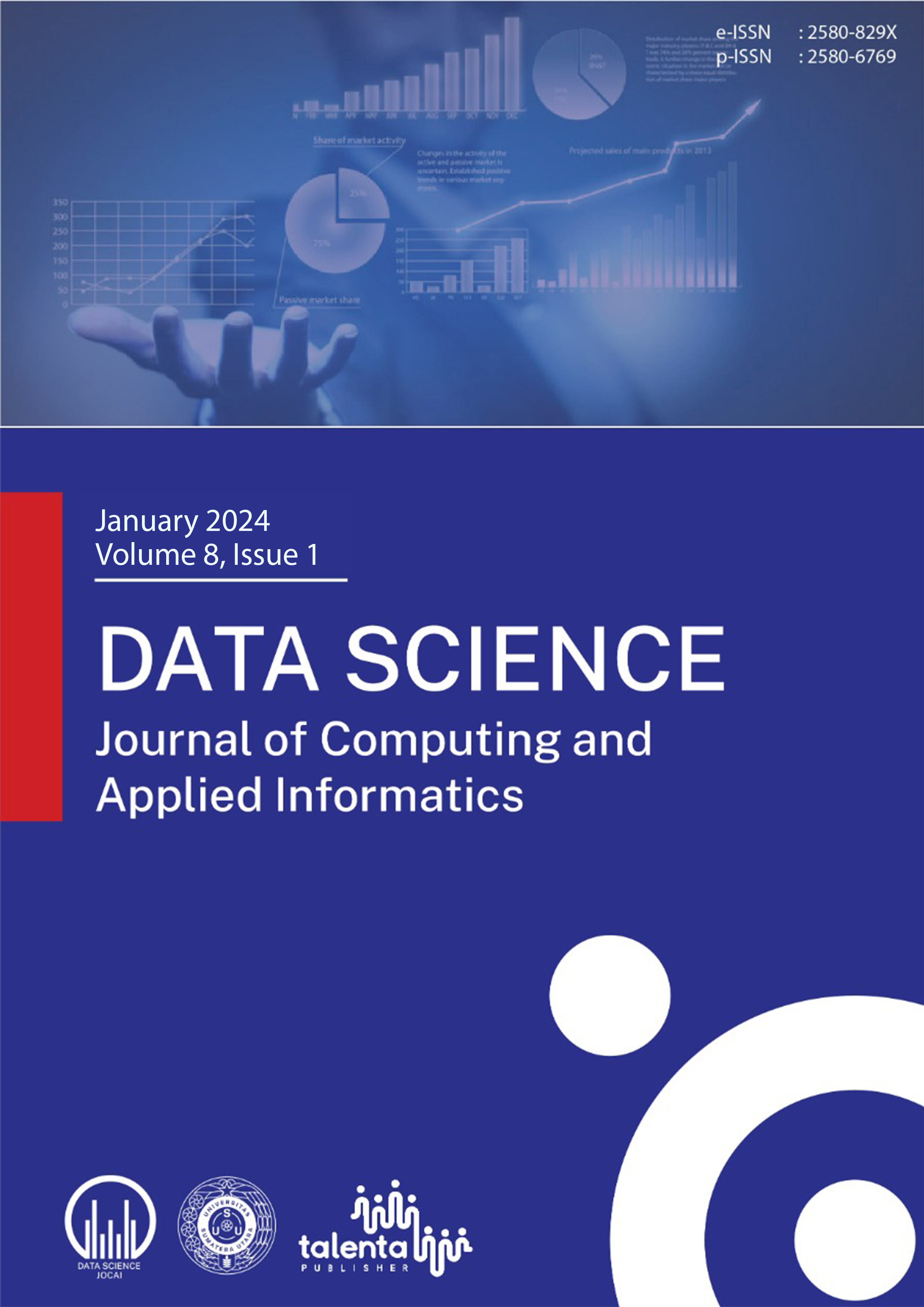Simulation of Vehicle Distance Detection for Traffic Order
DOI:
https://doi.org/10.32734/jocai.v8.i1-17139Keywords:
Distance, HC-SR04, ESP32, SimulationAbstract
The use of ultrasonic sensors, especially HC-SR04, in microcontroller projects is expanding thanks to its ability to accurately detect distance. In this final project, the HC- SR04 is connected to an ESP32 to measure the distance of an object and provide feedback in the form of sound when the object approaches the sensor within a certain distance. The HC-SR04 sensor works by emitting ultrasonic waves and measuring the time it takes for the waves to reflect back to the sensor. The ESP32, as the microcontroller connected to the sensor, processes this time data to calculate the object's distance from the sensor. When the distance of the object is below a predetermined threshold, the ESP32 will activate the buzzer as a sound signal. This implementation can be applied in various systems, for this test we used it on the zebra crossing system automatically. The test results show that this system is able to detect distance with sufficient accuracy and provide a fast and consistent sound response according to changes in object distance.
Downloads
References
Panduardi, F., & Haq, E. S. (2016). Wireless Smart Home System Menggunakan Raspberry Pi. Jurnal Teknologi Informasi Dan Terapan, 3(1), 320–325.
Fauzan, Mohamad Nurkamal. Dkk. 2019. Tutorial Membuat Prototipe Prediksi Ketinggian Air (PKA) Untuk Pendeteksi Banjir Peringatan Dini Berbasis IOT. Bandung : Kreatif Industri Nusantara
Santoso, Hari. (2015). Panduan Praktis Arduino Untuk Pemula.v1. Indonesia: ELANGSAKTI.com
Wagyana, A., & Rahmat. 2019. Prototype Modul Praktik Untuk Pengembangan Aplikasi Internet Of Things (Iot). Jurnal Ilmiah Setrum, 240-241.
Downloads
Published
How to Cite
Issue
Section
License
Copyright (c) 2024 Data Science: Journal of Computing and Applied Informatics

This work is licensed under a Creative Commons Attribution-ShareAlike 4.0 International License.















